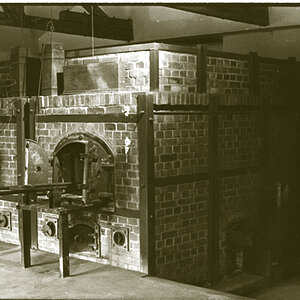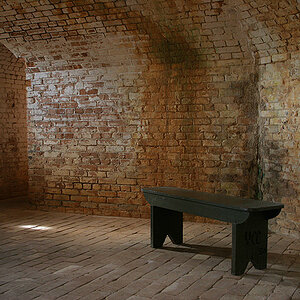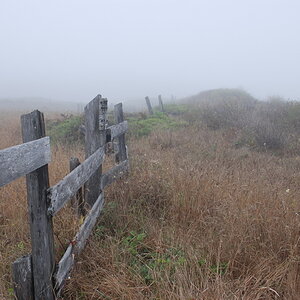Dao
No longer a newbie, moving up!
I read something interesting yesterday while I browsing around the Canon underwater housing reviews. People point out that the housing do not carry any kind of warranty. If water leak occurs, they will not do anything about as far as warranty concern.
Later on, someone (doing underwater photography since 1968) said this is a common practice. And most of the housing manufacturers do not have warranty on the products and if waters get in and damage the equipment, that is not their problem.
He also mentioned that he flooded many thousands of dollars worth of cameras and strobes.
If that is the case, I think if I want to do underwater photography (hobby), I would rather start with a point and shoot with a underwater housing such as the one offer from Canon (or like what Rob recommend). After all, if water gets in, it is only few hundred dollars.
Later on, someone (doing underwater photography since 1968) said this is a common practice. And most of the housing manufacturers do not have warranty on the products and if waters get in and damage the equipment, that is not their problem.
He also mentioned that he flooded many thousands of dollars worth of cameras and strobes.
If that is the case, I think if I want to do underwater photography (hobby), I would rather start with a point and shoot with a underwater housing such as the one offer from Canon (or like what Rob recommend). After all, if water gets in, it is only few hundred dollars.





![[No title]](/data/xfmg/thumbnail/42/42279-f60778d39180ee6cd87fc84a15559b96.jpg?1619740087)







![[No title]](/data/xfmg/thumbnail/34/34060-c81fb16d207094738be9b89a70ae1331.jpg?1619736258)